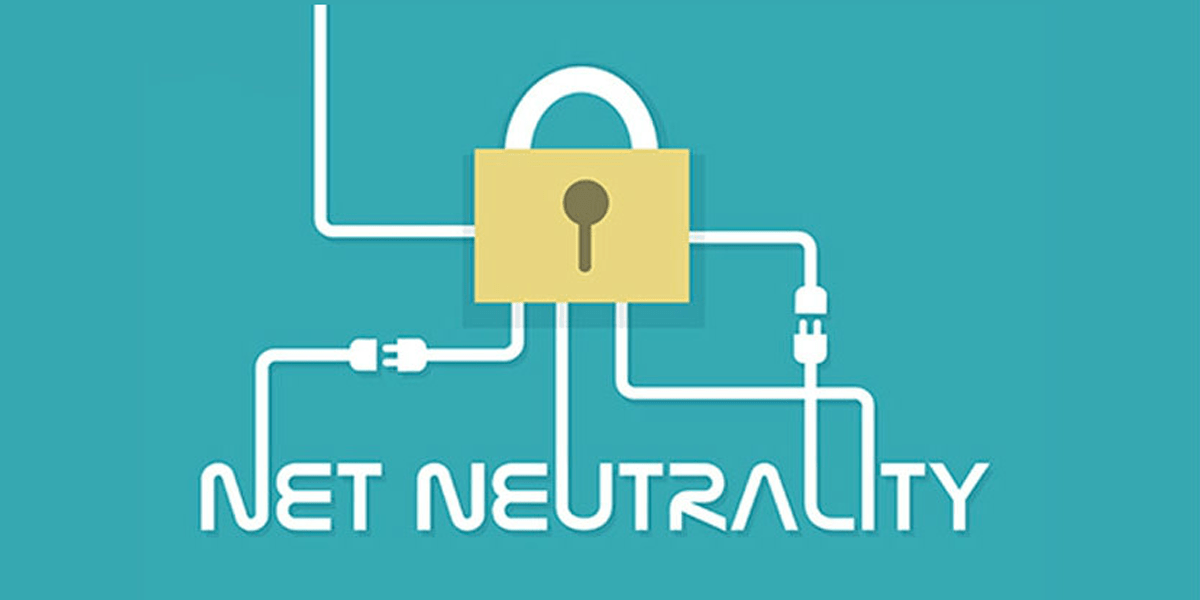
Net-Neutrality
Posted on November 27, 2018 in Uncategorized
Net neutrality — you’ve heard about in the news. But what is it, really? And why do so many people care? In May, the U.S. Senate voted in favor of overturning the FCC’s decision to abolish net neutrality. But this is still a hot-button issue, and people just can’t stop talking about it. Here’s everything you wanted to know about net neutrality.
What Does It Mean?
OK, let’s take a look at what net neutrality actually means. In simple terms, net neutrality is the principle that internet service providers (ISPs) should give you full access to the internet. This means they shouldn’t block particular websites or change how you view the internet in any way.
Whether you access the internet from a desktop, laptop, smartphone or tablet, your ISP can control the way you access the World Wide Web. They can prioritize certain websites or limit how much data you use, for example. Your ISP can also prevent you from accessing particular websites based on your IP address.
Proponents of net neutrality point out that nobody “owns” the internet, and ISPs shouldn’t control your access to it. Net neutrality is a lot more complicated than this, though. It’s recently made the news, but people have been arguing about it for years.
Why Do People Support Net Neutrality?
People support net neutrality for a whole host of reasons. Most of them believe that that the internet should be a fair place, where users can access anything they want whenever they want. In short, they don’t think big companies should control the internet. They want the freedom to visit websites at the fastest browsing speeds.
“A free and open internet protects freedom of speech. A free and open internet promotes innovation,” says The Open Internet. “Without an open internet, big corporations would have tight control over how we access information.”
Seventy-two percent of people who understand net neutrality support it, according to one study.
Why are Some People Against Net Neutrality?
Critics of net neutrality argue that the internet should be free from federal and state regulation and that ISPs should control how people access the internet. They point to the 1996 Telecommunications Act to support their argument.
Moreover, some people think that ISPs controlling bandwidth and prioritizing certain websites is a good thing. They say there’s isn’t enough bandwidth to go around, so limiting access to particular sites and favoring other ones is a legitimate practice.
Proponents of net neutrality disagree with this notion completely.
“If there’s enough bandwidth that carriers can offer the most traffic-intensive services
without limit, then why are there caps in the first place? Answer: There is no reason,
bandwidth caps are arbitrary!” says Devin Coldewey, writing for Tech Crunch.
Eighty-three percent of people support keeping the FCC’s net neutrality rules, according to
one poll.
Right now, there are two camps of people: Those who favor net neutrality, and those who
disagree with it. It will be interesting to see what happens next.
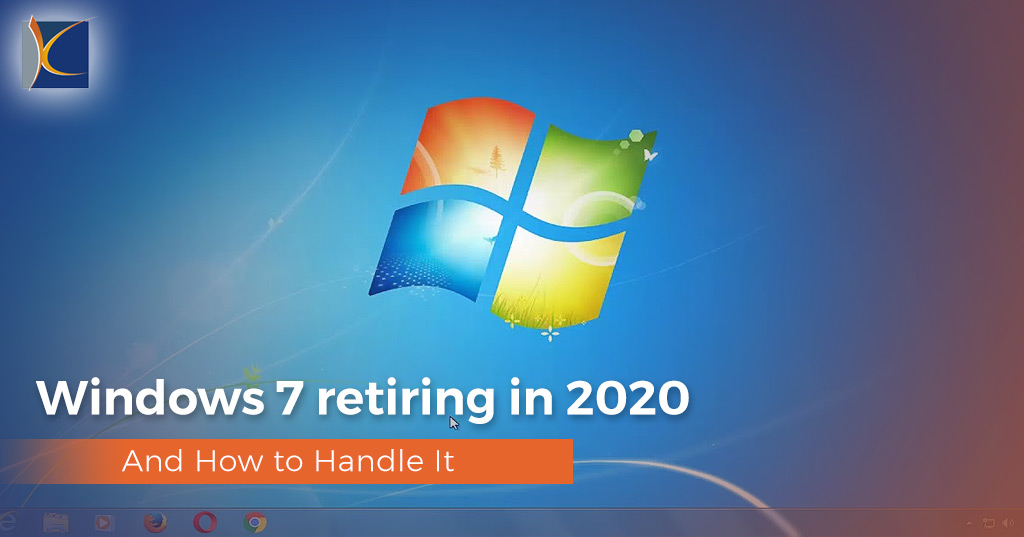
Windows-7-retiring-in-2020
Windows 7 End-of-Life
Every Microsoft Windows product has a lifecycle. The lifecycle begins when a product is released and ends when it’s no longer supported. An unsupported version of Windows will no longer receive software updates from Windows Update. These updates include security updates that can help protect your PC from harmful viruses, spyware, and other malicious software which can steal your personal information. Windows Update also installs the latest software updates to improve the reliability of Windows—such as new drivers for your hardware.
Microsoft will discontinue support for one of its most reliable versions of Windows ever – Windows 7 on January 14, 2020. This includes all versions – Home, Professional and Enterprise.
What does this mean for you and your business?
Sometime during the 2019 calendar year you will need to develop a technology plan to retire these Windows 7 machines and replace them with an up-to-date / still supported operating system–more than likely Windows 10. If you continue to use an unsupported operating system you will no longer receive critical patches and fixes thereby putting your security compliance at risk.
How do I know what versions of Windows I have currently?
 The most obvious sign of a Windows 7 machine is the large blue orb that serves as the start button. If you see this Windows logo in a circle you will know right away that it is Windows 7.
The most obvious sign of a Windows 7 machine is the large blue orb that serves as the start button. If you see this Windows logo in a circle you will know right away that it is Windows 7.
Another easy way to determine your Windows version is to type the command WINVER in any Windows search field and it will present to you your Windows version and build number.
What can we do?
- Develop a plan (both a technology one and a financial one) to replace the machines.
- Evaluate the hardware associated with the Windows 7 machines to see if there are any compatibility issues with your new operating system.
- Evaluate any software for the same reason as above. Is there a reason (mission critical software systems) why you are still on Windows 7?
- Consult with Kenneally Technology to work with you on evaluating your network system and software to transition you to the next level of Windows.
-Don’t wait – only 13 months left!-
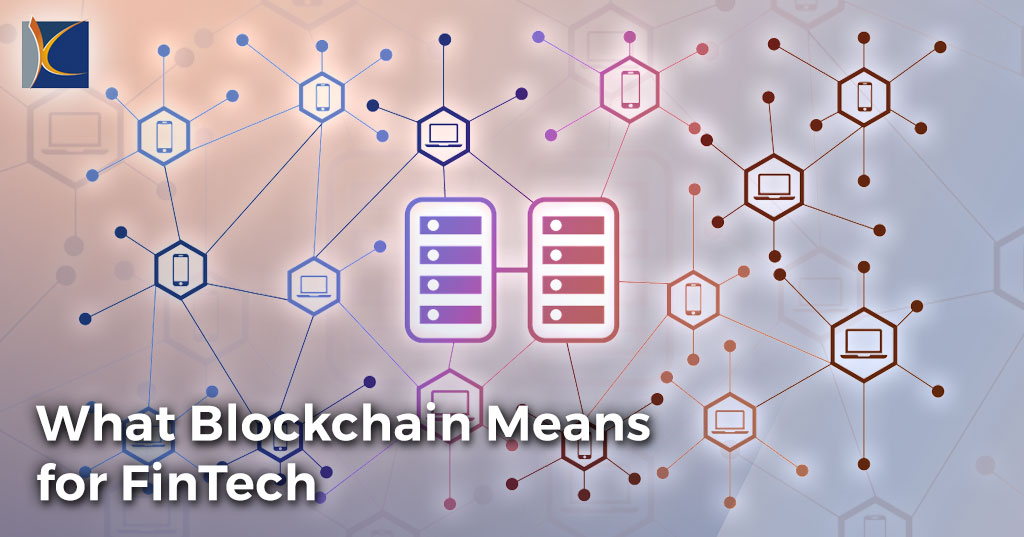
what-blockchain-means-for-fintech
Blockchain technology is essentially a new way of storing data through decentralized ledgers. Instead of relying on a third party record holder, every party to a blockchain has an instantly updated copy of the ledger. Data integrity is maintained because it’s virtually impossible to alter the data on all existing ledgers. While the implications of that are far and wide reaching, the most apparent and immediate use cases have come to FinTech.
FinTech, or financial technology, is a relatively new industry that applies advances in technology to further access to the financial industry. Innovations like mobile banking and investment apps are some of the more visible uses of FinTech.
The most notable disruption has been from cryptocurrencies like bitcoin and ethereum, in part due to their meteoric rise in value and subsequent market volatility. Such a new phenomenon has thrilled investors, financial pundits and even caught the attention of those not actively involved in the finance industry.
Whether you’re short or long on cryptocurrencies, the truth is that they are a pretty small part of the potential that blockchain has to foundationally change and create new systems in FinTech. Here are four other ways that blockchain will change the way we do business.
Tokenization of Assets
Tokenizing assets refers to replacing trusted intermediaries and paper certificates with digital proof of ownership. This can be ownership of anything, but is being used more and more to bring liquidity to otherwise illiquid assets like real estate and art.
Once an asset is tokenized, it can be divided and sold in smaller pieces allowing partial ownership of regulated securities. This also provides an entirely new way to offer investment into startup companies or any organization looking to go public and raise funds.
Digitizing access to an investment market also expands the potential pool of investors from those with the required resources to nearly anyone around the world with access to the Internet. Tokenizing assets creates scalability previously unheard of in traditional financial markets.
Verification of Accounts and Identity
As much as FinTech is speeding up the digital transformation of the finance world, some aspects still require the use of traditional paper and certificates. For example, it’s easy to transfer money online, but before withdrawal can occur, verification of ID is usually required — and that almost always means something analog like uploading a picture of a driver’s license or passport.
Because a well designed blockchain is immutable in its data, it creates a more secure environment to automate trust. Though the basis for ID may originate from an analog source, once entered into a blockchain, the provenance is instantly trackable which in effect guarantees identity with confidence and speed.
Easy Access for Regulators
Establishing compliance with federal requirements is a complex task that usually requires a dedicated staff to ensure all the necessary documents are in place. Whether it’s documenting new hires or community investment, there’s a lot of room for error in the huge swaths of paperwork.
With blockchain technology, it’s possible to write a program that automatically captures and inputs necessary data into the distributed ledger. Federal regulators can access that data and ensure compliance through the highly secure and unalterable blockchain. Not only does this make compliance easier, it greatly reduces the costs associated.
Smart Contracts
Smart contracts aren’t actually contracts — and they’re not even smart. They’re simply pieces of code written to automatically perform transactions once the terms of the agreement have been met. For example, if two parties were performing a transaction, a smart contract would transfer digital ownership to the new party once it determines that payment has been made in full.
Traditionally this has been a resource and cost intensive process. Assuring that all aspects of the agreement have been met once required lawyers and tied up cash flow. Smart contracts automate the process, reduce cash-flow cycles dramatically and eliminate the need for escrow services and contract verification. This brings down costs and frees up cash for growth — not contract disputes and arbitration.
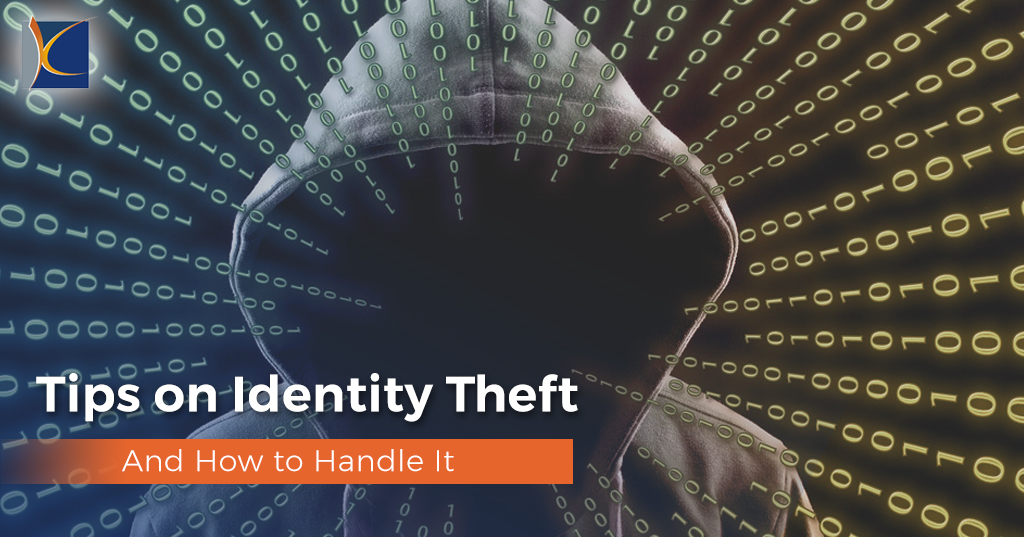
IdentityTheft
Many people don’t understand how common identity theft is — much less what puts them at risk, or how they’d know that their personal information has been compromised. Read on to learn the answers to some frequently asked questions about identity theft: what it is, its signs, how to prevent it, and how to respond.
What Is Identity Theft?
Identity theft is the use of someone else’s personal information for personal gain. That personal information can take any number of forms, from your social security number or taxpayer ID, to your medical information, to your bank or credit card information.
With this data, criminals can engage in a wide range of activities. They can take out lines of credit, drain your bank accounts, charge your cards, claim your tax return, and even sign up for insurance in your name.
How Common Is It?
Unfortunately, identity theft is extremely common. The U.S. Bureau of Justice Statistics estimates that in 2014, 17.6 million Americans over the age of 16 were victims of identity theft.
Keep in mind that the actual numbers are likely much higher. Anyone can be a victim of identity theft, not just teenagers and adults, and some parents have even said their children have been victims. What’s more, many companies have seen an increase in actual and attempted data breaches in recent years.
The vast majority (about 86%) of identity theft targets bank accounts or credit cards. However, all types are on the rise.
What Are the Signs of Identity Theft?
dentity theft can be very hard to detect. Some people may not know their identity’s been stolen until they file for their taxes, or apply for a loan.
Signs your identity may have been compromised may include:
- Unusual information on your credit report
- Unexpected withdrawals from your accounts, or charges on your credit or debit card
- The IRS responding to your tax returns by saying you’ve already filed
- Receiving an explanation of benefits from an insurance company you aren’t signed up with
- A company telling you their data was breached, or your account has been hacked
How Can I Protect Myself?
Unfortunately, there’s no completely foolproof protection against identity theft, especially when doing business online. But here are some tips to make identity theft far less likely:
- Shred your documents. A surprising number of everyday documents and mail contain personal information, and shouldn’t just be thrown away.
- Use cash whenever possible. Every time you use your credit card, you’re at risk of skimming and other scams.
- Track your credit score, and watch your accounts. While automatic fraud detection is improving, it’s not perfect. By monitoring your bank and credit score, you’ll be the first to notice when something’s wrong.
How Should I Respond to Identity Theft?
First, begin by changing passwords, freezing your credit, and placing a fraud alert. This will block further access to your identity.
Next, report the fraud. The FTC takes reports of social security fraud, while the IRS handles tax fraud. You should also notify any companies involved: they’ll be able to help you, and if their systems are breached they need to know.
Finally, begin cleaning up the results of the theft. You may have to dispute some items on your medical history, for instance, or charges on your credit card. Unfortunately, it may take time to uncover everything and respond to it.
Identity theft can do serious damage to your financial and emotional well-being. But by taking sensible steps to protect yourself and your data, you’ll minimize the chances of it occurring, and respond swiftly if it does.
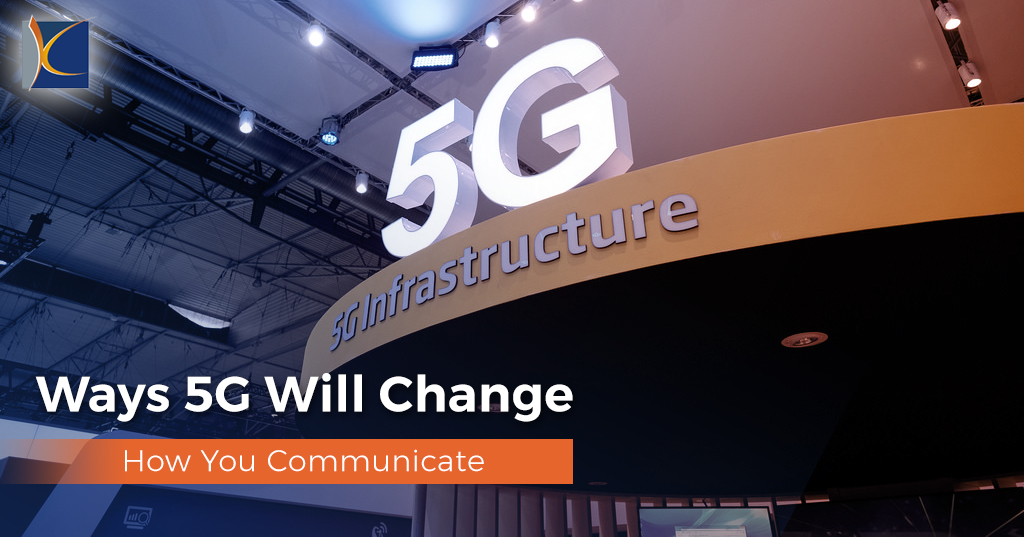
Ways-5G-Will-Change-How-You-Communicate
The ways in which we communicate have changed drastically over the last 100 years. New communications systems were invented including the internet and telephones. While the methods that we communicate change rapidly, the primary systems used to manage them change somewhat infrequently. Take phone services for example. The overall structure of the cell phone networks has only changed a handful of times, but each iteration brings major changes.
5G is the next big advancement in communications technologies, and it is set to change how we communicate again. Here is a look at the ways 5G will change how you communicate.
Instant Communication Becomes Possible
The speed of communications plays a large part in its quality. While devices and networks are getting faster, there is still a noticeable lag in the time it takes to send and receive messages. This is especially true for larger messages. In many cases, this lag makes communication spotty and reduces the overall sound quality.
When 5G networks come online, the speed at which we can send information will drastically increase. One of the major advantages to 5G is the ability to send information faster with a lower latency rate. Latency is a measure of responsiveness, and lower latency numbers mean that we can interact with information sooner. That way, as we receive more data over a 5G network, we can analyze it and respond at much faster rates, as well as receive larger packages faster.
More Connectivity
Most of our communications happen verbally over the phone, or in text-form through text messages and emails. However, these are not the only ways to communicate. In many cases, devices that can communicate over networks are limited, and many devices lack these capabilities since current networks have limited capacities.
For businesses, this means that staff members can take advantage of the 5G network to stay connected wherever they need to go. While Wi-Fi is pervasive, it is not everywhere and can have limited performance in other places. Many Wi-Fi networks are protected as well and can be used to look at any data that is transmitted over them. Having access to a 5G network means that any device with a phone service transmitter can connect on a secure connection. Most devices including smartphones, tablets, and laptops can be equipped with these transmitters, allowing you to provide your team with the tools needed to connect anywhere.
Extremely High Capacity
One of the leading problems that networks face is the capacity limit compared to the number of devices. 4G networks have already experienced problems due to this limit, but 5G networks likely won’t have that problem for a long time since they have a much higher capacity than older networks. This will likely create a two-fold issue since many 4G devices may initially be incompatible with 5G networks. However, many communications companies are working to find ways of transitioning 4G devices to 5G networks without problems.
As 5G networks come online, the way we communicate will change. Fortunately, there are a lot of companies working to make this transition as smooth and enjoyable as possible. Once you can get on a 5G network, you are likely to see major improvements in the speed and quality of your communications. 5G is expected to begin coming online near the end of 2018.










